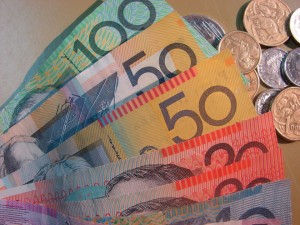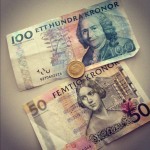 Australian dollar continued its downward movement against the greenback on Wednesday, as investors abandoned higher-yielding assets and boosted bets on the US dollar amid prospects of a military campaign by the United States against Syria.
Australian dollar continued its downward movement against the greenback on Wednesday, as investors abandoned higher-yielding assets and boosted bets on the US dollar amid prospects of a military campaign by the United States against Syria.
AUD/USD fell to a session low at 0.8903 at 4:59 GMT, after which the pair consolidated at 0.8925. Support was likely to be received at August 6th low, 0.8907, while resistance was to be met at August 26th high, 0.9070.
Yesterday the US Defense Secretary Chuck Hagel said American forces were “ready” to commence their offensive, if President Barack Obama chooses to order an attack. The United States, France and the United Kingdom signaled a possible armed response against Syria, after the conclusion that the Syrian regime had used chemical weapons against the population.
“The market is bracing for an escalation of Middle East tensions and a possible strike against Syria,” said Ray Attrill, the global co-head of currency strategy at National Australia Bank Ltd. in Sydney, cited by Bloomberg. “There’s a bit of an emerging-market contagion flowing through the Aussie and the kiwi.”
Additional selling pressure on the Aussie was triggered, as yesterday John Edwards, a Reserve Bank of Australia (RBA) board member stated in an interview in front of the Wall Street Journal, that the national currency was “still a bit too strong to help, to the extent it could, in the transition we need to make”.
On the other hand, volatility on one-month Australian currency options climbed for a third consecutive day, adding 28 basis points to 13.45%, poised for the highest close since July 15th, Bloomberg reported.
Traders saw a 93% probability that Reserve Bank of Australia officials will maintain the benchmark interest rate at a record low level of 2.5% at their next meeting, scheduled on September 3rd.
Last but not least, earlier today a report showed that construction work done in Australia dropped by 0.3% during the second quarter of the year compared to the first, confounding expectations of a 1.0% increase, while during Q1 the indicator was revised up to a drop by 1.9% from a 2.0% decrease previously.
Elsewhere, the Aussie was losing ground against the euro as well, with EUR/AUD cross advancing 0.55% on a daily basis to trade at 1.4994 at 6:10 GMT. AUD/NZD pair was also on negative territory, trading at 1.1483 at 6:12 GMT, down by 0.37% for the day.
Later in the trading day the United States was to release data on pending home sales, an indicator of the future housing sector activity in the country, while median estimates pointed no change in July compared to June. Better than projected results would certainly support the US dollar.





